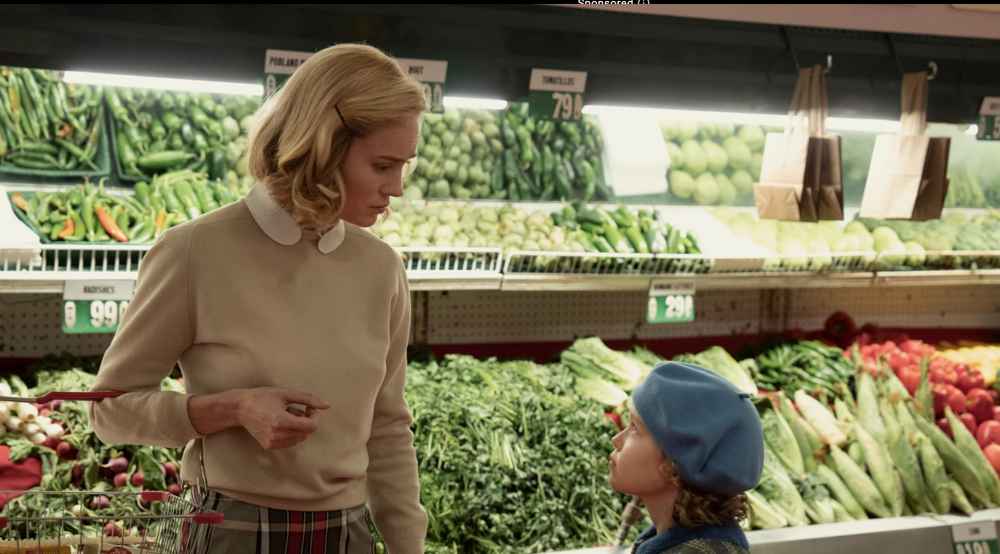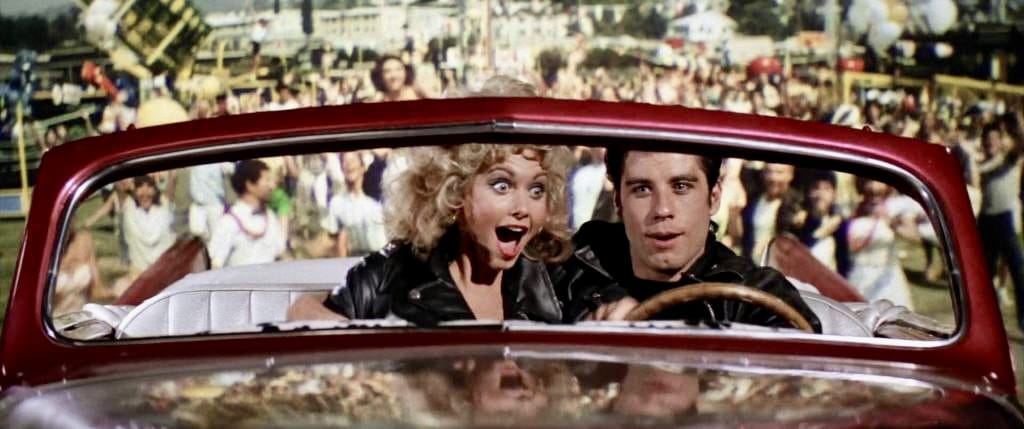By, Rebecca Fenner, Third Year, English Literature
Lee Eisenberg had big boots to fill when transferring Bonnie Garmus’s bestseller Lessons in Chemistry (2022) to the screen. I was one of those readers who avidly devoured its pages. So, when watching this mini-series I was ready to criticise.
The series energetically kicks off behind the scenes of Elizabeth Zott’s ‘Supper at Six’. The meticulous style of Zott perfectly merges with the 1960s block colours and the riveting buzz of backstage television. It is visually satisfying to observe. But, with this bold cleanliness comes an almost cold tone that is hard to warm to. This could be down to Brie Larson’s portrayal of the iconic scientist-chef, Zott, which feels like a performance of exaggerated mannerisms. After reading the book I felt I knew Elizabeth Zott, but, after eight episodes of the TV series I still identified dominantly with Zott’s TV presence which cyclically ends the programme.

This could be influenced by the series form. The dislocated aspect of this episodic form just didn’t flow with the plot for me. For a book that has been described a page-turner, its transference to a series seems to cut up the plot negatively. Certain characters slip in and out of the series awkwardly, such as the dog, who is a vocal presence in the novel, in an attempt to squeeze things in. I could feel this desperation to talk about as much as possible throughout the series, and found it hard to keep watching this check-list. The dog, Six Thirty, makes a temporary appearance in episode three. And, oh boy, was it an appearance. If you need a cry and want to hear the heart-wrenching perspective of the sweetest, most loyal dog, watch this. Some may find it weirdly out of place but for me, this character stole the show. I wanted to see more of him.
The relationship between scientists, Calvin and Elizabeth, was also a highlight for me. Without spoiling a plot point, I will say, the series cleverly maps their connection and shows the endurance of love. It improves the novel in this sense. Lewis Pullman plays Calvin with an endearing awkwardness that I loved. I particularly liked the discourse between Calvin and his priest pen-pal, Wakely, about science and love: ‘remain open to unknown variables, no one is best alone.’ The interweaving of these discussions is, however, ambitious; they lose their poignancy across an eight-part series. The story would shine as a film.

Interestingly, there are a lot of alterations to the plot as well, despite this desperate need to fit as much of the book in. We lose the main character of the babysitter who plays an important part in connecting both Zott and her daughter, Mad. However, the original Harriet Sloane struggling in an abusive relationship becomes a civil rights activist, who, in combination with Zott, reveals the intersectional struggles of women, and the importance of a ‘platform’. Aja Naomi King dazzles in this role. However, there needs more connection between the storylines as many characters seem to be floating in an individual bubble.
I would definitely recommend watching Lessons in Chemistry just to appreciate the discourse surrounding female scientists in the 1960s. There are moments that pop out of the screen, but it can feel laborious to get to them.
Featured Image: IMDb
Did you prefer the book or the series?









